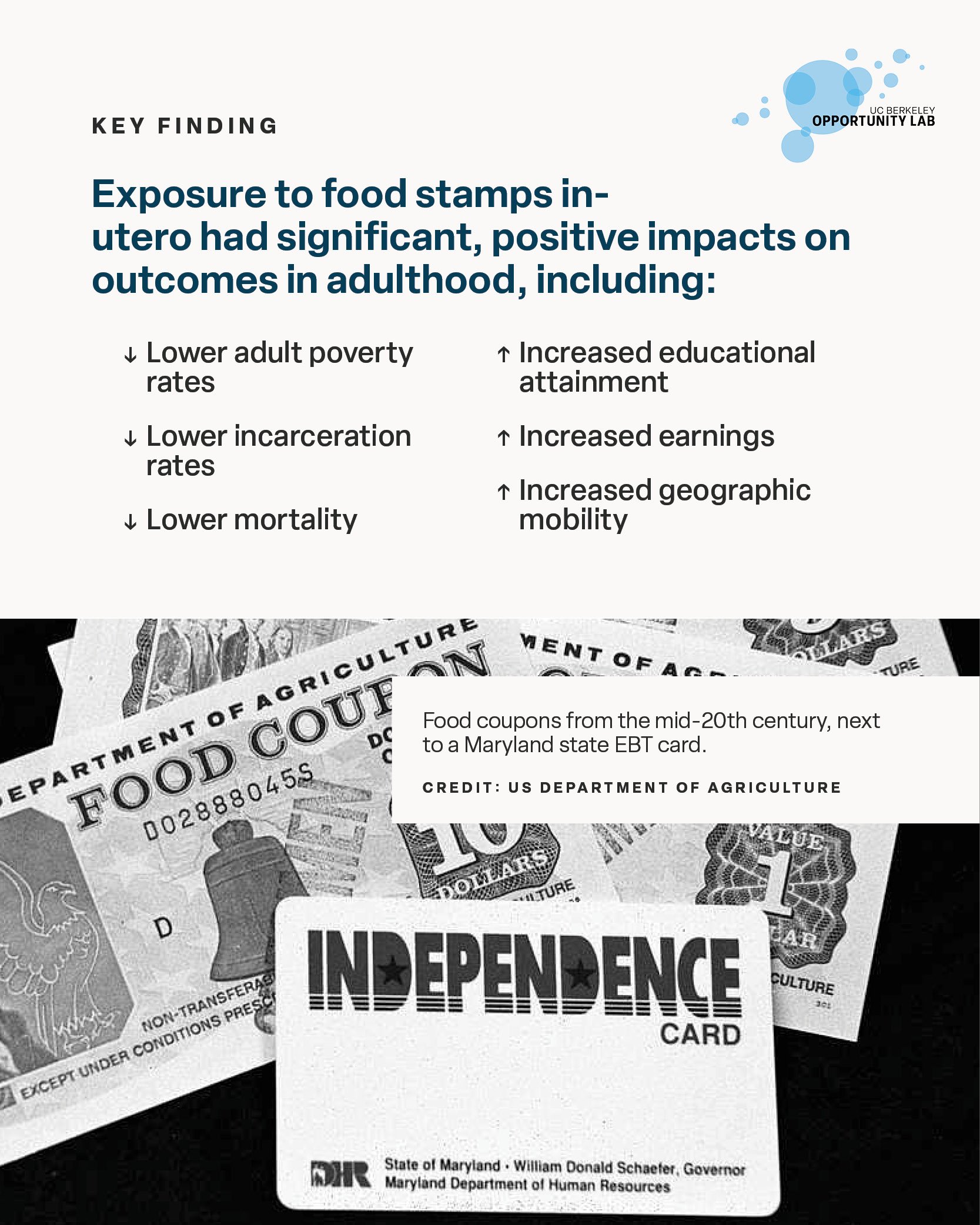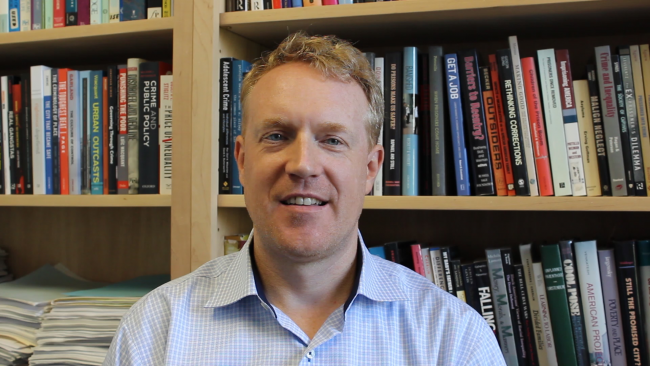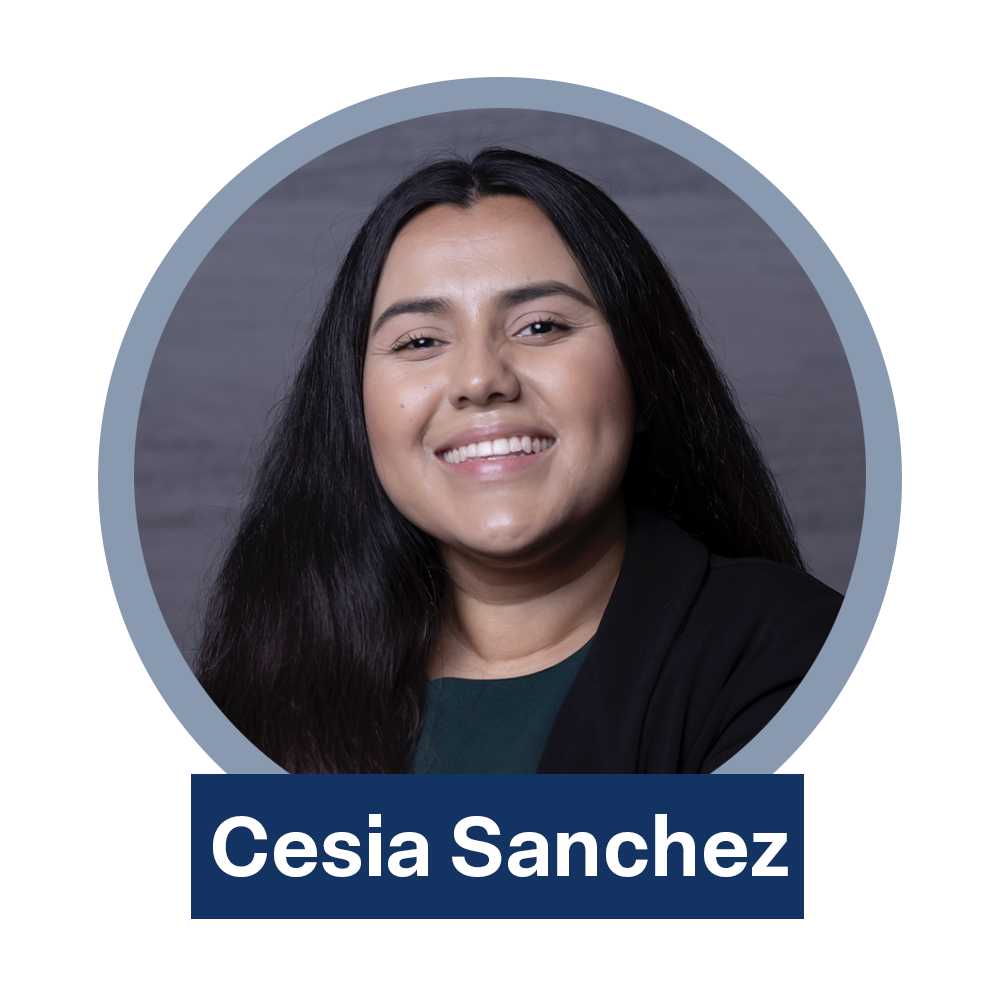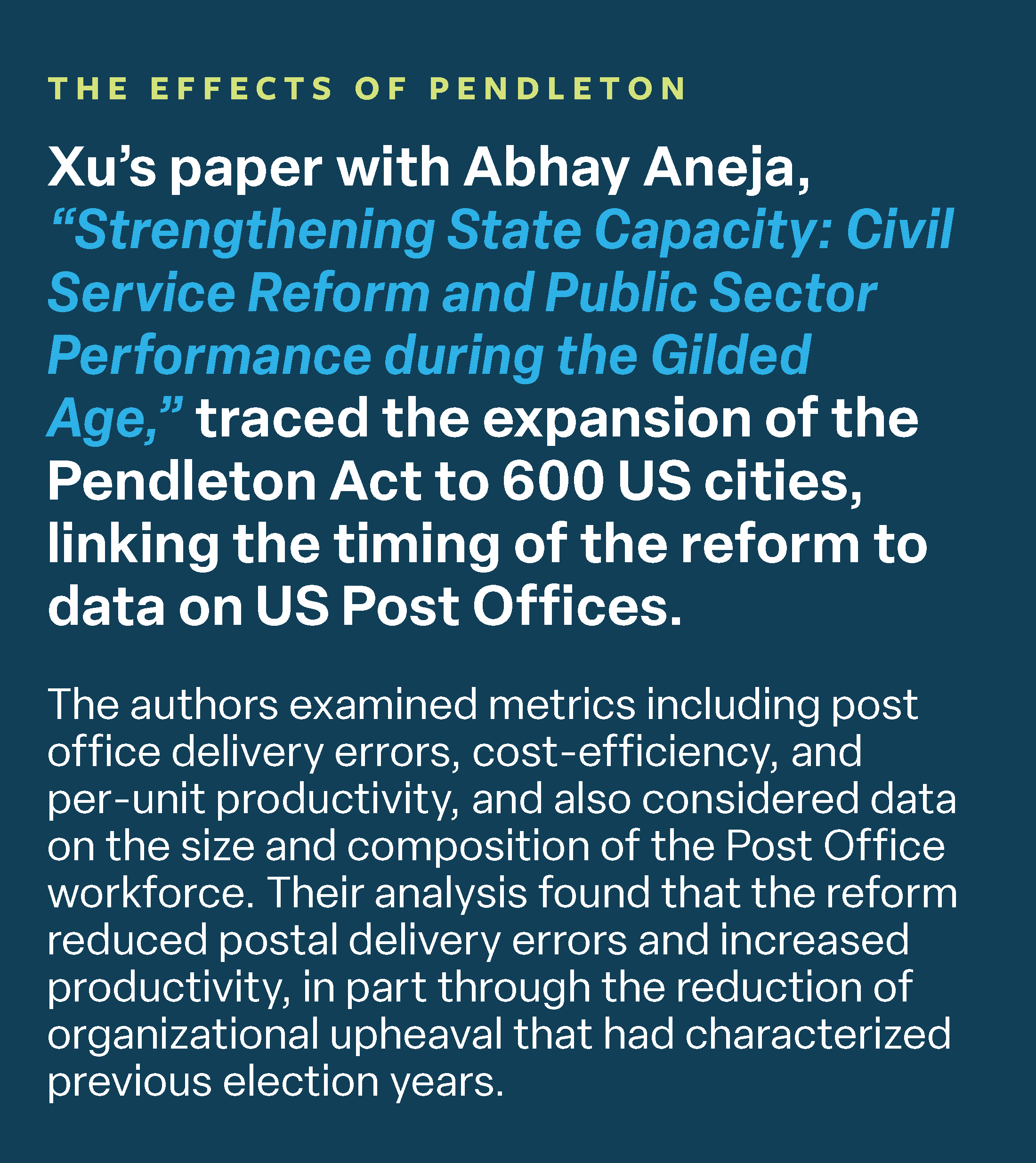How did you become interested in economics research? Were there any particular policy problems or phenomena that you witnessed that initially caught your attention?
I'm a trained development economist, so the question I always had was: why are some places rich, and others poor? When you travel around, you notice these huge income differences – what's driving that? During my undergraduate studies, it was all about institutions – there were all these papers on colonial legacy, and the impact stemming from differences in institutions that were set up. I found that really fascinating. At the same time, I wanted to dig deeper, which led me down the rabbit hole of looking at public organizations and their personnel.
Your primary research fields of interest are political economy, economic history, and development economics. Can you describe your specific research interests within these fields, personnel being one of them?
My work is really at the intersection of these fields. The questions I have in mind tend to be development questions. There's no denying that you need some basic set of public goods for a country or society to function. So a natural question is, “How can you improve public service delivery to stimulate economic development and growth?”
The intersection with political economy comes into play when thinking about policy. Sometimes you know what the right policy choices are, and yet they are not implemented for political reasons. And even if policies get implemented, there remains a huge amount of variation in the quality of implementation. You might see the same policy being rolled out within the very same country - and yet there will be differences depending on how effective the local administration is.
The historical part comes in because these studies often rely on natural experiments such as big reforms or large-scale changes in governance that happened in the past. What's very appealing with the study of history is that you can rewind time and study big events after the dust has settled.
Much of your recent research centers on studying bureaucracy, with evidence from the US Federal Government. Can you describe your interest in studying workplaces of the public sector, as compared to the private sector?
A lot of the toolkits that I use are also used in the study of private sector organizations. Instead of studying senior bureaucrats, you study CEOs and managers. There are many similarities, but what I find particularly appealing about the study of public organizations is simply that they're so big and important for the lives of many. In the U.S., for example, the federal government has been the biggest civilian employer for a long time. The public sector is a huge part of the economy.

